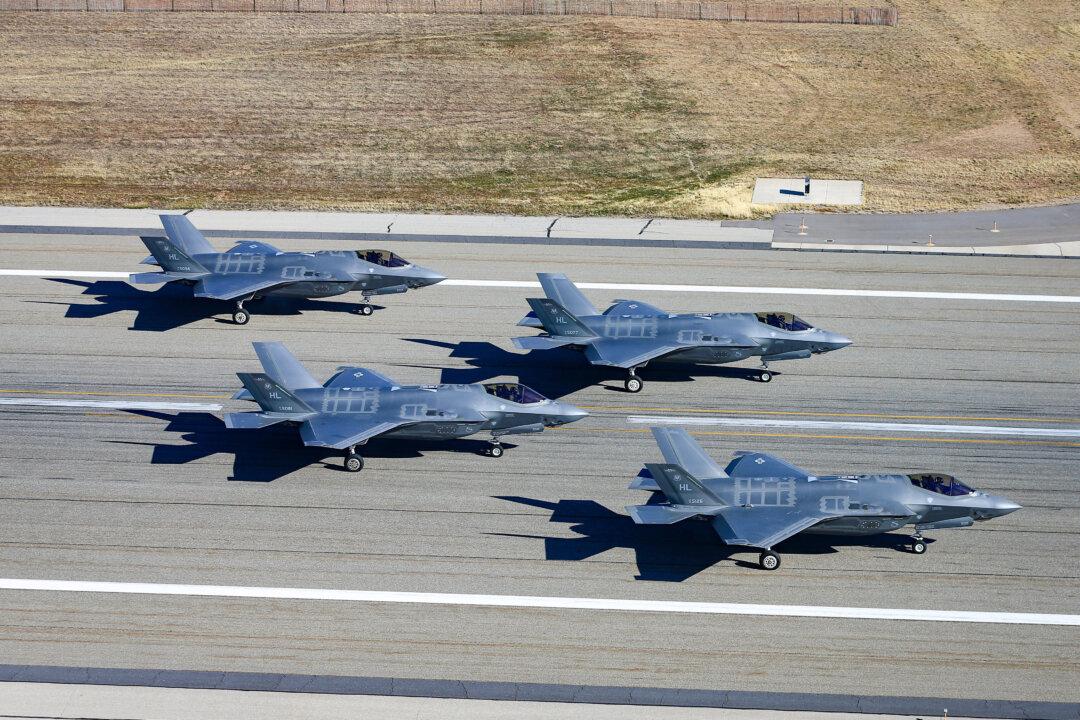Senior officials unveiled sweeping measures on Feb. 12 aimed at “reshaping, refocusing, and reoptimizing” the U.S. Air Force and Space Force as part of wider efforts to ensure the United States prevails in what they dubbed “an era of Great Power Competition.”
The new changes represent “one of the most extensive recalibrations in recent history for the Air Force and Space Force,” officials said in a press release.





